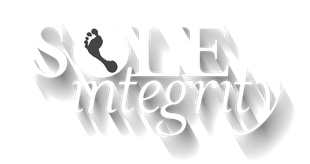How to manage over pronation and over supination
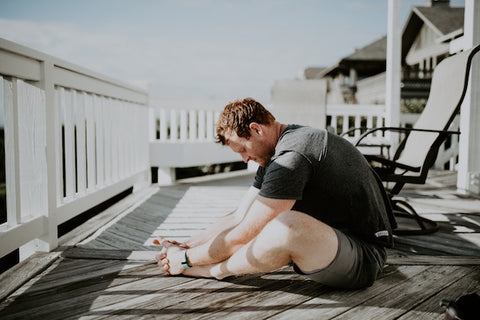
Over Pronation and Over Supination refer to problems with the movements of your feet during running and walking. Over Pronation being excessive rolling inward and Over Supination referring to excessive outward roll. Each comes with its own set of issues, risks and injuries such as plantar fasciitis, sprained ankles, shinsplints and knee pain. For more information you can check out our previous post “How does your stride affect you? Pronation and Supination explained” which delves deeper into the mechanics of movement and explains how to figure out if over pronation or over supination could be an issue for you.
Causes, Treatment and management
There are a large number of factors that can cause an incorrect gait such as genetics, poor footwear, historic injuries, structural misalignment and exercise habits. Some of these factors can be fixed whilst others can only be managed. One of the best ways to fix and manage incorrect gaits is with proper footwear matched to your foot type by a professional, like the team at Sole Integrity.Stretches
Stretches can be incredibly beneficial for managing over pronation and over supination as this can improve areas that are overly tight such as the calf muscles or Achilles tendon. For overpronators exercises that stretch the calf, turn on the glutes and raise the arches of your foot have been shown to be most effective. If over supination is problematic for you then frequent use of a skipping rope, plenty of calf and archiles tendon and plantar fascia (foot arch) stretches and stretching out the Tibialis anterior (shin muscle) are recommended. To get assistance and direction with your stretches and treatment it is advised you see a podiatrist, physical therapist or chiropractor.
Shoe Inserts
A favoured technique for treating gait problems is using shoe inserts or orthotics that are designed to address your specific foot issues. These can be purchased over the counter with options that provide additional arch support for over pronators and others with deep heel cups and / or outer edge cushioning for those who over supinate. There are also all sorts of other great inserts such as heel grips designed to reduce blisters and bunion patches and toes spreaders to relieve discomfort in the toes too. The next step up from over the counter shoe inserts is to get custom orthotics created by a pediatrician after proper consultation and gait analysis. Although there is more involved and often a much higher cost to this option it has the benefit of being completely custom and more targeted to treating and aligning your gait.
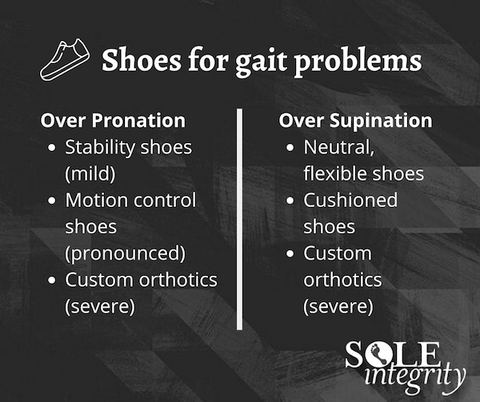
Supportive Shoes
Wearing quality, supportive shoes and wearing the right shoes for your feet and can make an enormous difference in the way your feet and legs feel on a daily basis and go a long way in treating problems such as over pronation and over supination. Shoes recommended for those who over pronate include stability shoes and motion control shoes, these types of shoes have built in extra arch support and cushioning at different levels specifically designed to support and treat overpronation. The best types of shoes for over supinators are lightweight flexible shoes with plenty of cushioning. It is important to check that they are neutral shoes as many shoes are designed with support and structure to aid over pronation with that being the more common ailment.
Tips for choosing shoes
- Get both feet measured, the length and the width are both important as some shoes are better for narrow or wide feet.
- When shopping for new shoes it is best to go later in the afternoon if possible as feet swell during the course of the day.
- If moving to a shoe that treats over pronation or over supination or adding a treatment insert it is important to be aware of possible discomfort as your foot needs to readjust and break the old habits.
- Bring with you to the shop anything you wear with your shoes, this includes your usual socks and any orthotic inserts. Shoes often fit very differently with the addition of an orthotic insert so it is imperative you try all new shoes with them in.
- If the shoes feel tight it is best to go up a size, most are unlikely to stretch in fact they are designed not to.
Shoe Recommendations
Best for over pronation - Women's
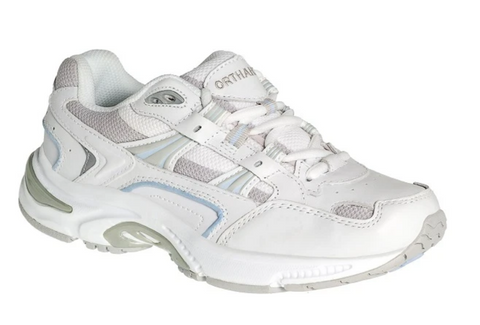
Orthaheel X-Trainer
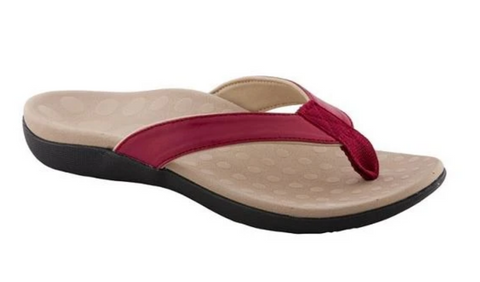
Orthaheel Sonoma
Best for over pronation - Men's
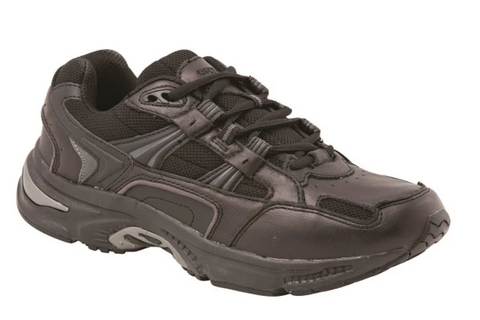
Orthaheel X-Trainer
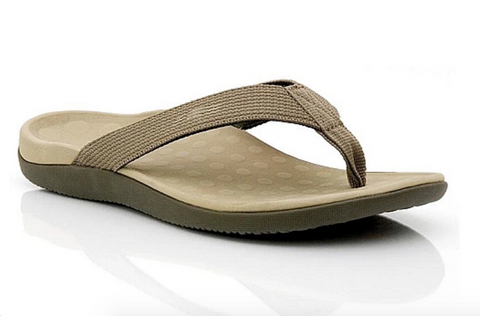
Orthaheel Wave
Best for over supination - Women's
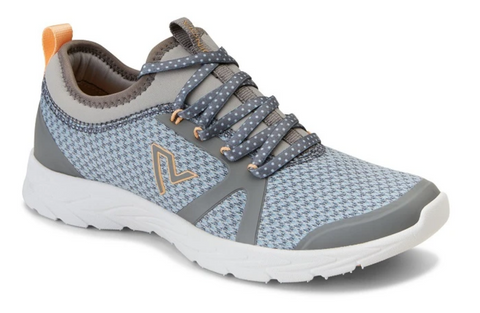
Vionic Alma
Best for over supination - Men's
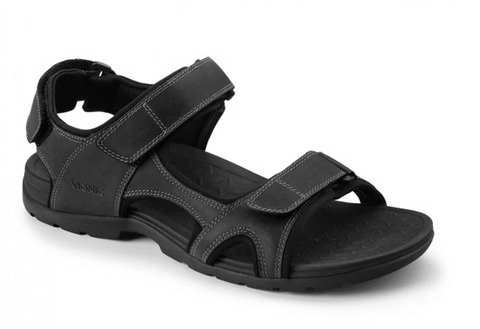
Vionic Gerrit
